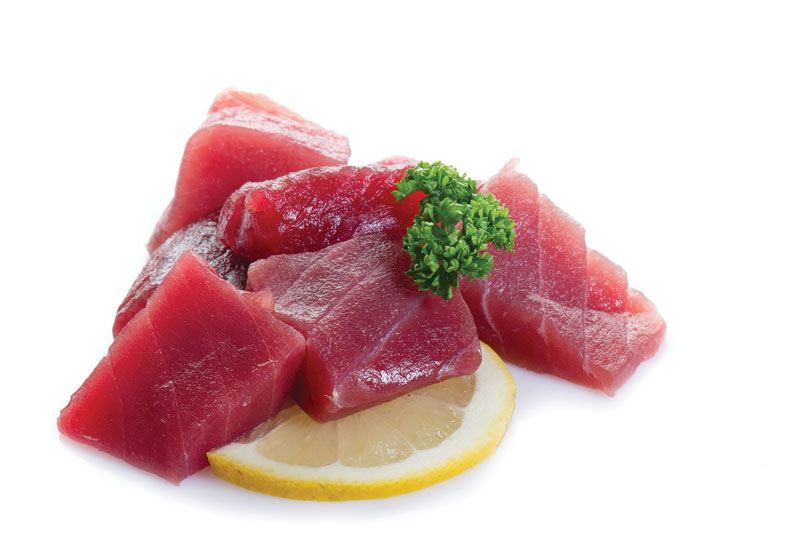Branding to the rescue
Perhaps the introduction of region-wide sustainable fishing practices has a fighting chance thanks to the Middle East’s brand-conscious culture. Many F&B operators have embraced sustainability through the brand as a way of demonstrating their corporate responsibilities to the consumer.
Le Bistrot – Sustainable Cuisine at Le Méridien Abu Dhabi has incorporated sustainability values into the brand, as head chef Thierry Gallas confirms: “At Le Bistrot – Sustainable Cuisine, we only serve sustainable fish and we have joined the Choose Wisely campaign.
As an example, we are using ebzimi and yanam fish which are classified ‘green’ by EWS-WWF based on scientific assessments carried out by experts at the Environment Agency, Abu Dhabi. We don’t serve any threatened fish species such as hammour or sea bream.

| Advertisement |
“The sustainable concept has been well-received by our diners and we’ve had excellent feedback regarding the fish. However we need to increase public awareness about the over-fishing issue because it is the consumer that can make the difference.”
Currently, many chefs perceive ethical and sustainable seafood to be expensive and non-viable. However, as the trend gathers pace it is likely that more suppliers and F&B operators will reposition their brands to reflect the shift in consumer concerns.
New tastes, new brands, new concepts
With consumer demand and interest in seafood at an all-time high, there is an opportunity for new seafood concepts and brands to flourish across the region.
In Kuwait, Organica Fish and Chips has brought Australian-style fish and chips to the country under the direction of operations director, Catherine Becka.
“Traditional Australian fish and chips is something new for Kuwait and the GCC,” explains Becka. “I think there’s a real trend here for new food concepts that use different ingredients, cooking techniques and presentation and I believe this is being driven by the ethical issues and the threat of extinction for certain fish species.
If we are to move away from these species, chefs must be forced to develop new seafood fusions.”
Elsewhere in the market, January saw the introduction of a truly novel seafood brand — live lobster.
Clearwater Seafoods decided to brand the living sea creature by attaching a label to its claw, in order to capitalise on increasing demand for it as a product as well as to tackle the inconsistent quality of lobster in the global marketplace, as director of marketing, Holly Reardon explains: “Lobster is popular because it is very delicious and is associated with luxury F&B offerings. Our lobster comes with a brand promise which guarantees to the consumer that the product is of the very best premium quality and is full-meated.
“I believe that branding and packaging our seafood in this way ensures that we are protecting the integrity of the product and communicating our commitment to sustainability, food safety and preparation information for food service professionals in the region,” adds Reardon.
The region’s seafood market is developing quickly and fisheries, distributors, suppliers and chefs need to continue to work closely together to ensure that supply keeps up with demand.
They also need to exert influence throughout the supply chain, from the catch to delivery.
With this in mind, branding is certainly a simple and effective way to distinguish the good suppliers in an otherwise crowded marketplace, but when it comes to seafood, quality is all.
“At the end of the day it’s about ensuring F&B clients get the quality they have come to rely on,” concludes Gourmet Choice’s Angus. “We know that if we let them down then they in turn let their customers down — and no amount of fancy branding is going to fix that!”









 Search our database of more than 2,700 industry companies
Search our database of more than 2,700 industry companies









